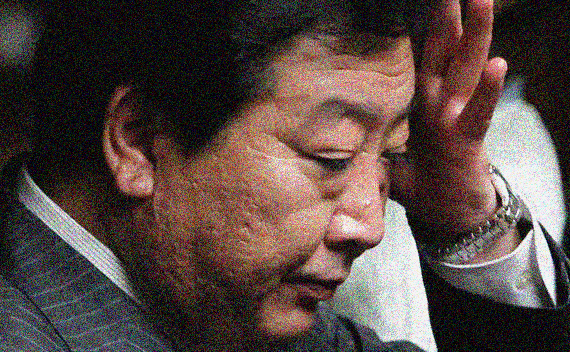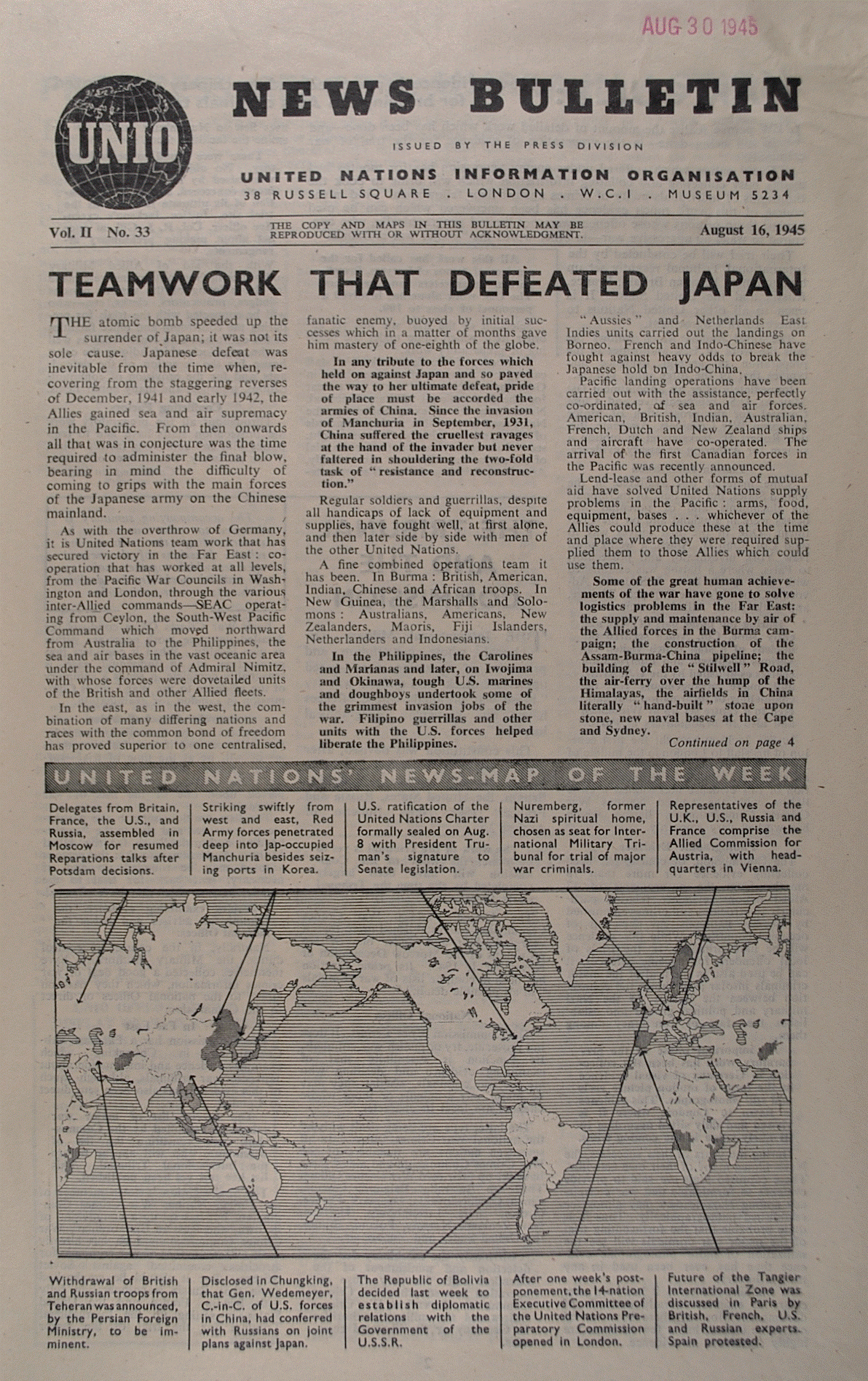It’s a deal that’s been more than 15 years in the making and the unmaking. The United States and Japan have been struggling since the 1990s to transform the U.S. military presence on the island of Okinawa, the southernmost prefecture of Japan. In preparation for this week’s visit of Japanese Prime Minister Yoshihiko Noda to Washington, the two sides rolled out the latest attempt to resolve what has grown into a major sticking point in alliance relations.




